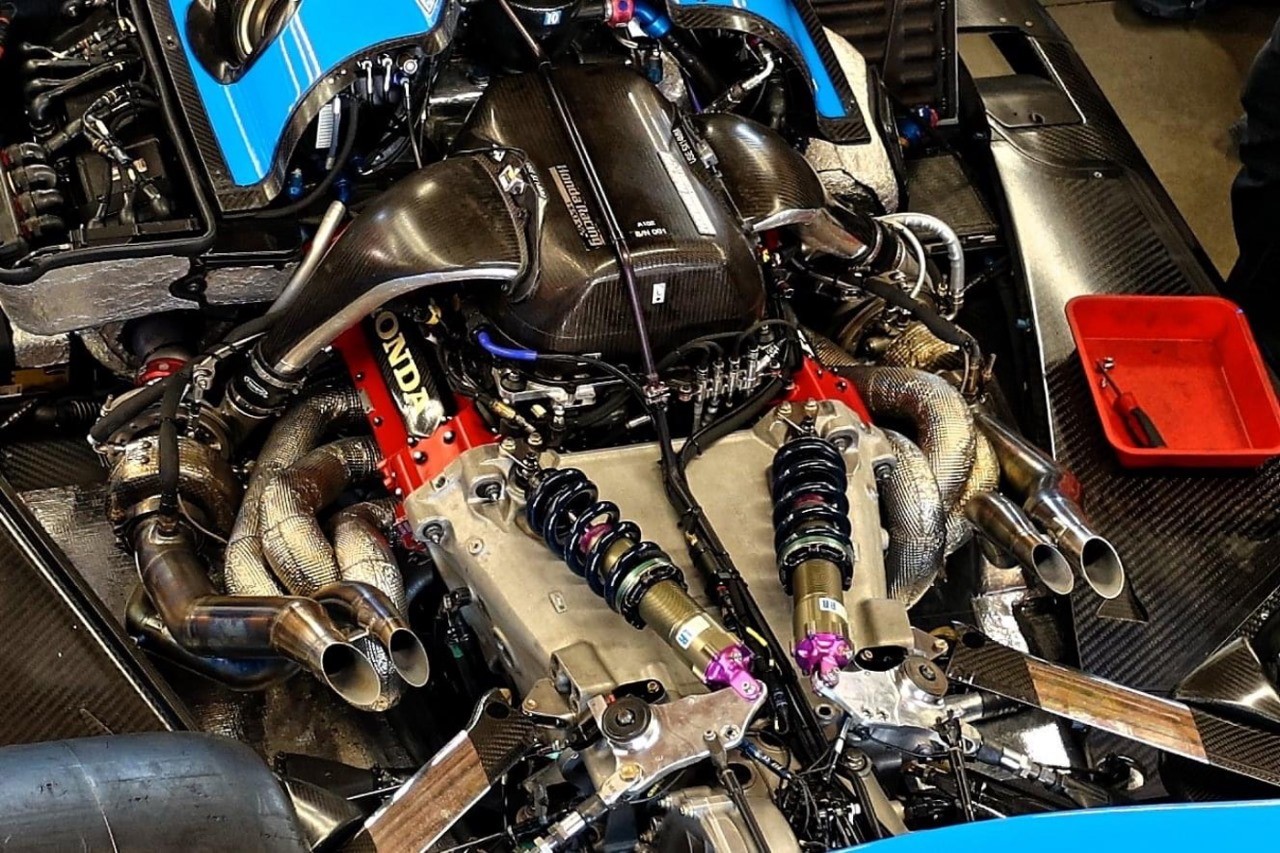F1: IndyCar 15 years behind F1 in implementing hybrid tech
–by Mark Cipolloni–
IndyCar is 15 years behind F1, which implemented hybrid technology in its power units way back in 2009.
F1 started with just a Kinetic Energy Recovery System (KERS) but currently has two hybrid systems one Kinetic Energy recovery and one Heat Energy recovery.
There are two major types of KERS–mechanical and electrical. F1 constructors so far have all adopted electrical systems.
These are powered by an electric generator called Motor Generator Unit – Kinetic (MGU-K) that converts the heat produced from braking into electric energy. The converted electric energy is then stored in a battery with an FIA-regulated capacity of 2MJ per lap, called Energy Storage (ES).
The total output of the MGU-K is also regulated by the FIA. Earlier systems were capped at 60kW (roughly 80bhp) but the limit was later raised to 120kW (nearly 160bhp) in 2014 to balance out the weaker 1.6-litre V6 which was replacing the older, more powerful 2.4-litre V8 engine. In 2026 the MGU-K output will be raised to about 400bhp.
IndyCar Should be Implementing MGU-H not MGU-K
It’s the 2nd part of the F1 hybrid system that IndyCar should be implementing, since it races on ovals where little if any braking is done. IndyCar has been rather secretive on exactly how their hybrid system will work, but what has leaked out is that it will be a KERS type system like the F1 MGU-K, which is simply dumb. I will explain why.
An MGU-K shouldn’t be confused with a Motor Generator Unit – Heat, i.e. MGU-H (Heat), which is a separate electronic device forming the remaining part of an F1 ERS. It’s a similar concept, but instead of capturing the heat from the brakes, it captures thermal energy generated by the engine’s exhaust instead.
It is important to understand that an electric motor can also function as an electric generator, by spinning the rotor backwards.
With MGU-H the battery can be charged even when the car is not actively under braking. As long as the engine is running, exhaust gas/heat is generated and that exhaust gas spins the Motor Generated Unit that creates electricity to charge the battery.
The MGU-H also solves turbo lag by acting as a motor (spinning the other way) to power the turbo compressor and hence doesn’t require the turbine to wait for the exhaust gases.
Power deployment to the wheels is controlled by a button on the driver’s steering, when pressed the battery sends electric to an electric motor inline with the Internal Combustion Engine. The power generated by the electric motor adds to the total output of the power unit – a boost in power for the driver.
Whereas the current IndyCar push-to-pass system uses exhaust gas to spin the turbocharger faster to give the engine more power, the MGU-H works entirely different by using the exhaust gas to charge a battery (an energy store) that in turn can run an electric motor for extra power/boost for the driver on demand.
As explained in the video above, the F1 MGU-H is a bit more complicated as it can send electric directly to the electric motor for instant power, or to the battery. That management of where the electric goes and when is a closely held secret by each manufacturer.
The current Push-to-Pass system in IndyCar does not store any energy, it just uses the exhaust to spin the turbocharger faster and that enables the internal combustion engine to generate more power when the driver calls for it.
At some point, IndyCar will reveal exactly how their hybrid system will work. We heard reports that because it will be a Kinetic Energy system, that normally would not charge the battery on ovals, IndyCar is going to implement a paddle system in the car that will enable the driver to drag the brakes on the straights to generate electricity for the battery.
If true, this is the dumbest thing we have ever heard. Let’s hope that they came to their senses with the final implementation and are implementing something very similar to the F1 MGU-H.
